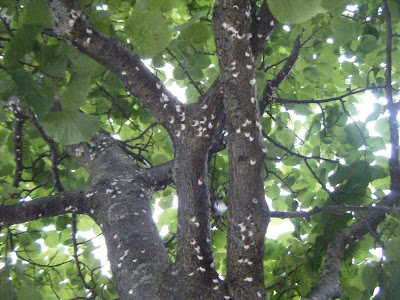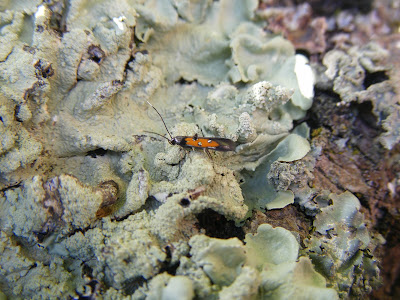When considering an organism within an ecosystem, the most important influences taken into account are above ground plant-plant interactions and animal-plant interactions and prevalent abiotic factors. However increasing evidence suggests that plant-microbial interactions in the rhizosphere play just as important a role. Take for example growth of the Hedge Woundwort, Stachys sylvatica. This unpleasant smelling perennial is generally found in hedgerows and forest verges, preferring humid soil and intermediate light (1). It can reproduce clonally by means of runners, and produces spikes of reddish-purple flowers from June to October.
 |
| Hedge Woundwort, Stachys sylvatica |
In order to investigate the effect of different soil biota on S. sylvatica, plants were grown in artificial soil inoculated with soil the rhizospheres of two different locations: a hedgerow and a forest understory (2). The innocula were processed to remove soil fauna, leaving only the mycorrhizal ans microbial communities. Strikingly, the two different innocula produced two very different plant growth responses. The S. sylvatica plants grown in the presence of the hedgerow innoculum produced plants with a higher biomass and clonal runners than those with the forest verge innoculum. In addition, the forest verge innoculum plants showed a higher number of flower infloresences than the hedgerow innoculum plants. For S. sylvatica, this shows that soil biota drive possible adaptive growth strategies.
References:
References:
- Sterry Collins Complete Guide to Irish Wildlife p. 236
- Peña and Bonte, 2011. Acta Oceologica 37 pp. 110-116
























